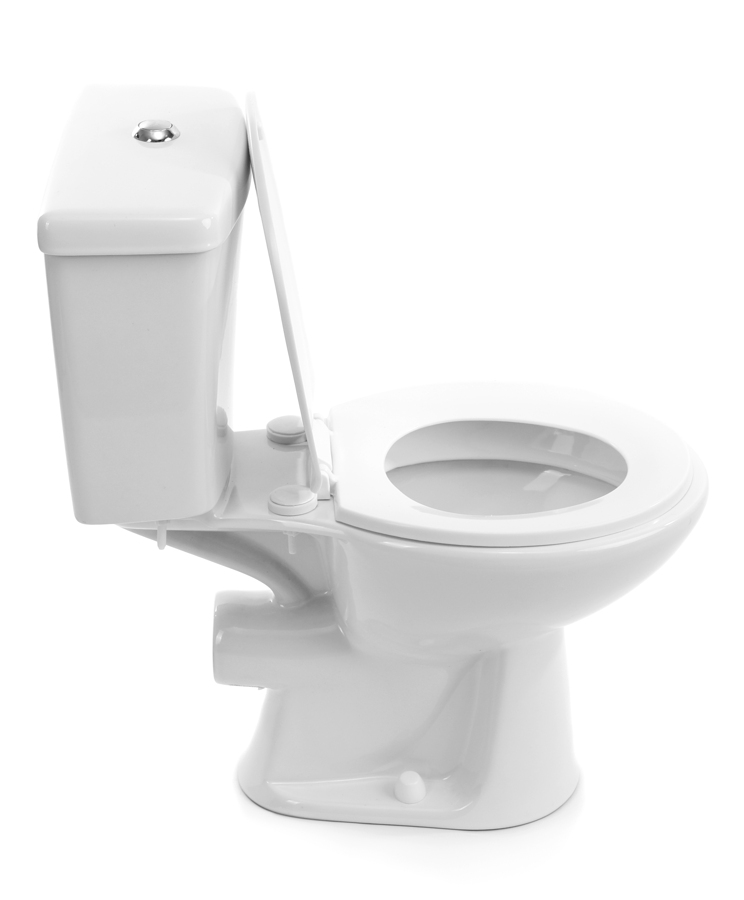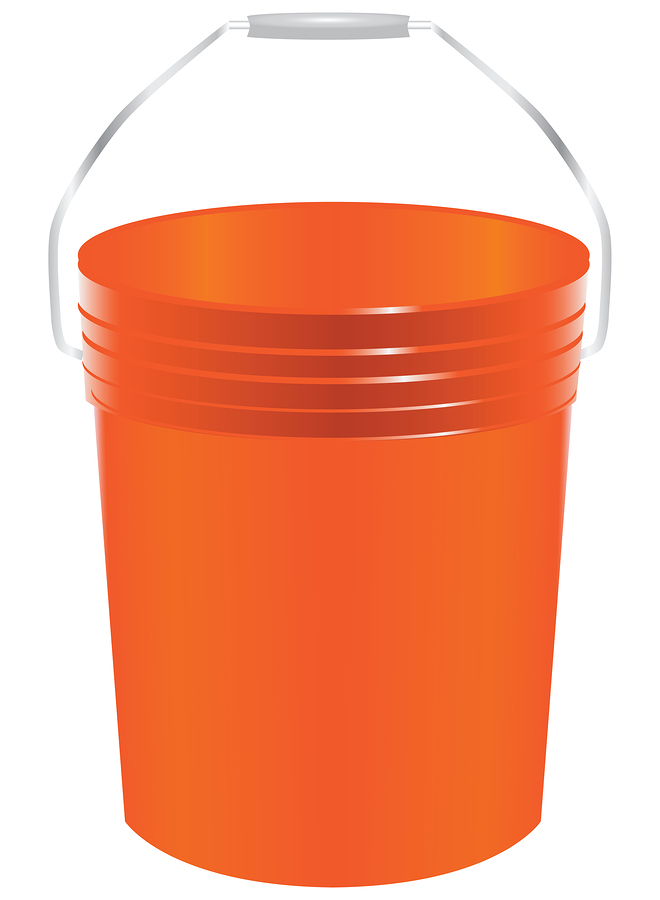 It is well-known that children drown in pools, hot tubs, and spas. Also well-known is that they can drown in bathtubs when left alone — or with a young sibling — for just a moment.
It is well-known that children drown in pools, hot tubs, and spas. Also well-known is that they can drown in bathtubs when left alone — or with a young sibling — for just a moment.
Less known is that children have been injured and have died when their heads become trapped in liquids (usually water) in containers or other water found in or around the home. Most of these children were younger than two years old.
The most common accidents involve water left in buckets or pails, when a child topples into the container head first, and their face or head is trapped in the water or other liquid inside. Other incidents have occurred with decorative water features (like ponds and fountains) and septic tanks. Other less common incidents involved toilets, washing machines, garbage or trash cans, large coolers, and other types of containers.
Sources: Gibson, K., “Submersions Related to Non-Pool and Non-Spa Products,” 2012 Report, U.S. Consumer Product Safety Commission” (based upon incidents reported to the U.S. Consumer Product Safety Commission that occurred from 2006 to 2010 involving children younger than 5 years old). “CPSC Warns of Hidden In-Home Drowning Hazards for Children,” PR Newswire, 8/8/2018.
What can you do?
- Supervise children whenever there is water nearby
- Never leave a baby unattended in bathtub even for a second. Keep your baby within arm’s reach.
- If you have a small child do not leave any home improvement buckets (5-gallon buckets) or other containers with water or other liquids unattended.
- Make sure to empty liquids out of any containers immediately after use.
- Keep the toilet lid down. Keep small children out of the bathroom if unsupervised. Consider placing a child-proof lock on the toilet or a child latch on the bathroom door.
- Fence in decorative water features.
- Secure the cover on your spa or hot tub.

©2022 Living Well Black, Inc.

